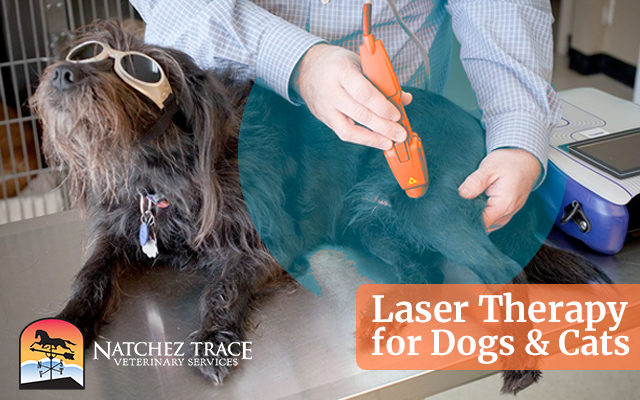Small Animal Laser Therapy
The Cutting Edge Portable MLS Laser for dogs and cats provides the most beneficial, cost-effective laser therapy on the market today.
This laser is different from any other laser commercially available because of its dual emissions-termed Continuous Emission and Pulsated Emission.
Continuous and pulsated emissions each offer specific benefits aiding the patient in different ways.
Continuous Emission exerts strong anti-inflammatory effects and edema re-absorption effects, but with secondary analgesic effects; whereas Pulsated Emission exerts an intense analgesic action with limited anti-inflammatory effects.
The Cutting Edge Portable MLS Laser is the first commercially available laser to incorporate both, simultaneously.
Rhythm, the perfection of intervals and intensity, and maximum coordination are the hallmarks and differentiating features of this laser system.
Applications:
- Pain Management Post Surgery
- Any Musculoskeletal Disorders
- Anti-Inflammatory Applications
- DJD (Degenerative Joint Disease)
- Chondropathies
What are the most common indications for laser therapy?
The most common MLS Therapy indications include pain relief, intervertebral disc disease, post-surgical pain relief, degenerative joint disease, wound healing, arthritic conditions, musculoskeletal system trauma, and inflammatory conditions.
Wavelengths used in the MLS laser therapy?
MLS therapy uses both the 808nm and 905nm wavelengths simultaneously. The 808nm wavelength provides continuous emission while the 905nm wavelength provides pulsed emission.
Why two wavelengths?
MLS Therapy uses two wavelengths to overcome the limits of traditional low-level Laser Therapy. Traditional Low-Level Laser therapy fails to deliver both wavelengths in a reinforcing and synchronized fashion.
Continuous laser emissions act fast on inflammation, stimulating blood and lymphatic circulation and inducing fast re-absorption of fluid build-ups; however, they only have a secondary effect on pain.
Pulsed laser emissions, on the other hand, have a practically immediate effect on pain.
Is MLS Therapy approved by the FDA?
Yes, the FDA approves the use of MLS therapy.
The advantages of MLS therapy over other traditional low-level lasers?
MLS Therapy is able to induce strong anti-inflammatory, anti-edema, and analgesic effects simultaneously and within a short period of time.
LLLT fails in achieving these same results because of the limitations of using one or two wavelengths not synchronized.
The patented control system that generates the MLS pulse synchronizes the emissions to achieve results previously unattainable.
Thanks to this characteristic synchronization, the various therapeutic effects not only take place at the same time but reciprocally reinforce each other.
What is Harmony?
Harmony denotes the name of the laser used in the veterinary market that utilizes the patented MLS Therapy.
The name signifies the relationship of the 2 wavelengths and how they work together by bringing different characteristics to the treatment.
Is Harmony a class IV laser?
Yes, Harmony is a class IV laser with a peak power of 25 watts.
What is the depth of penetration of the Harmony laser?
The depth of penetration will vary based on the animal but it is safe to assume that it will penetrate 4-5 cm on most animals.
How many treatments are usually needed to see results?
Results can often be seen after the first treatment.
Most conditions have protocols that range from 6-10 treatments.
The treatments are cumulative and delivered 2-3 times per week for 2-3 weeks.
What is the cost of each treatment?
The treatments can range from $40 to $60 per treatment with the most common treatment package of 6 priced at $260-$300.
How was MLS Therapy developed and tested?
MLS Therapy has been developed and tested following a strict course of biomedical and clinical research.
The effectiveness of the combination of the emissions making up the MLS pulse was initially tested in vitro on cellular cultures, then in vivo on animals, and finally by means of controlled clinical trials run by major state-of-the-art health organizations for treating traumatic and degenerative painful diseases.




